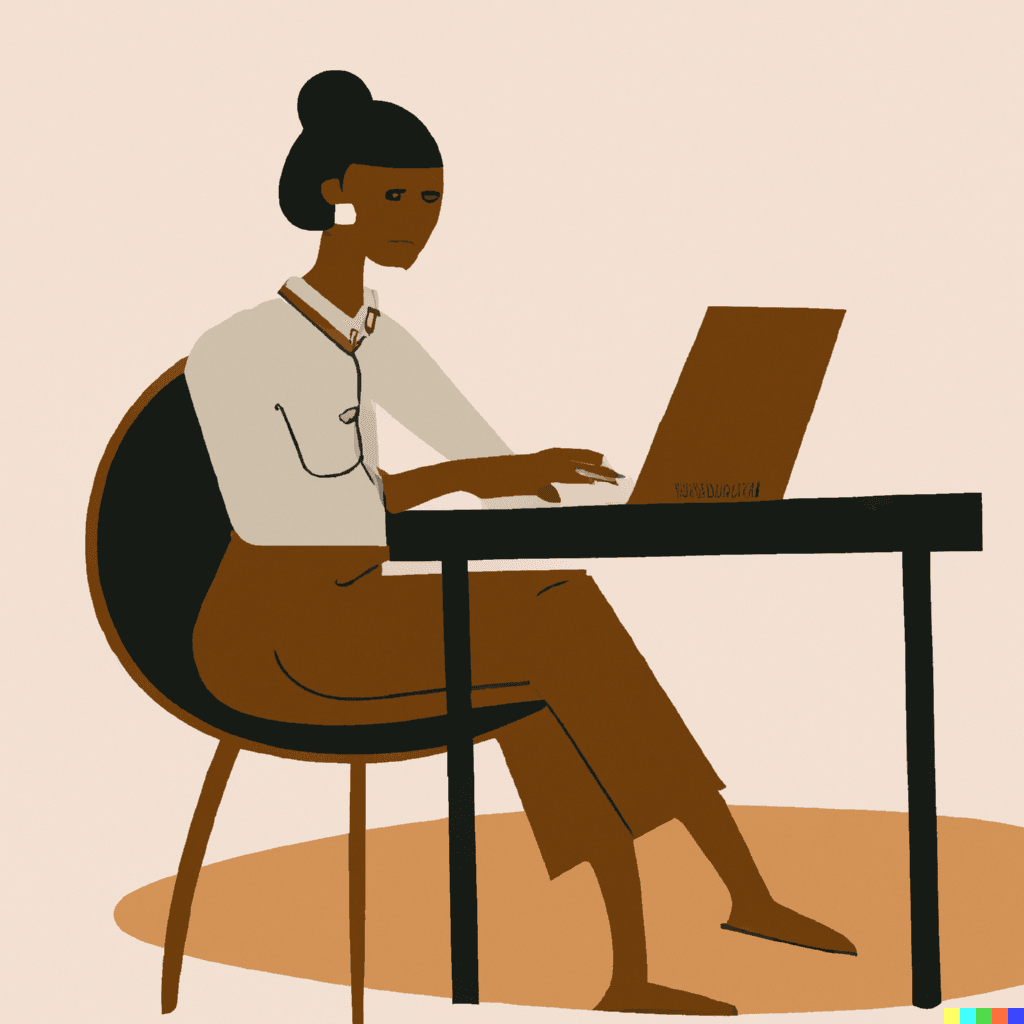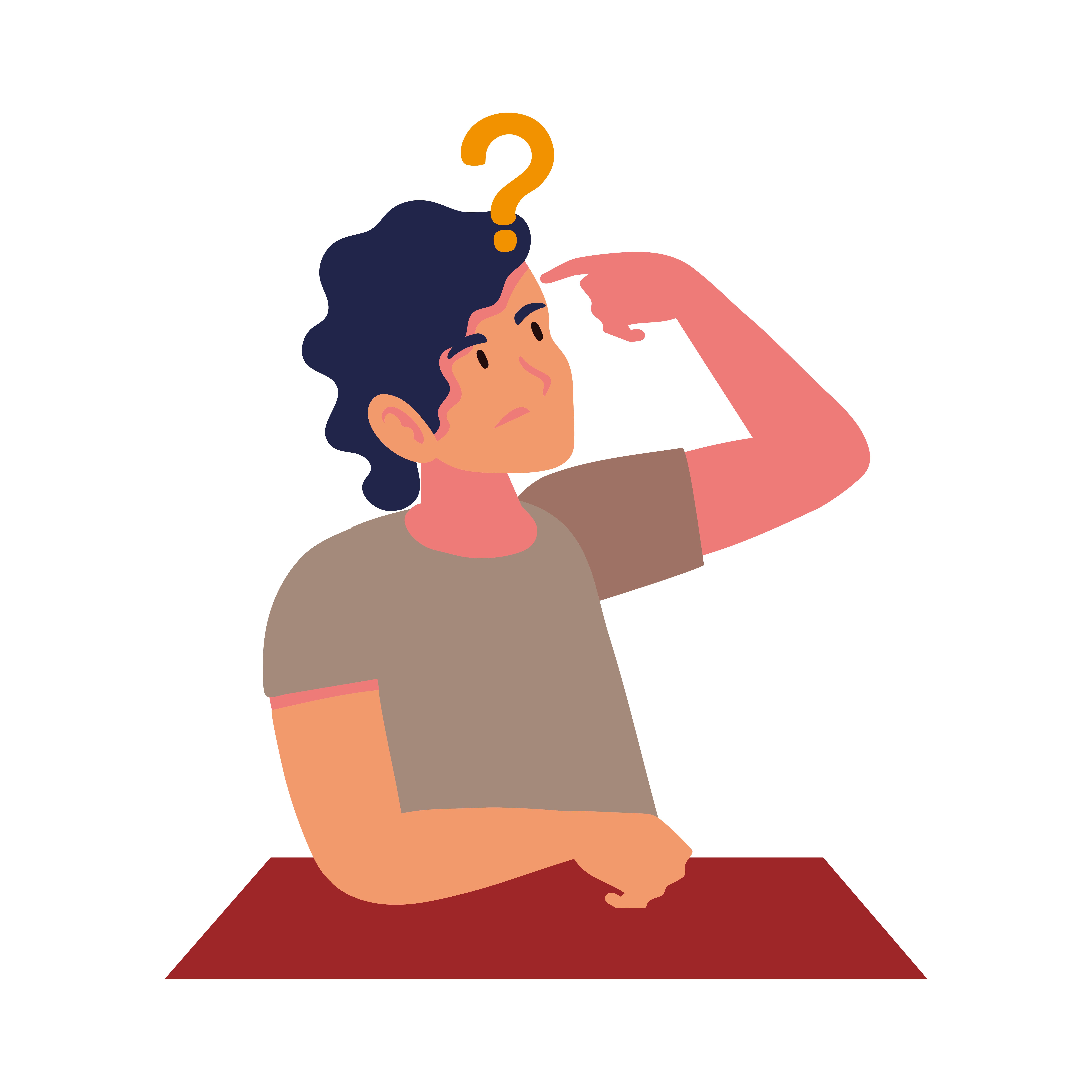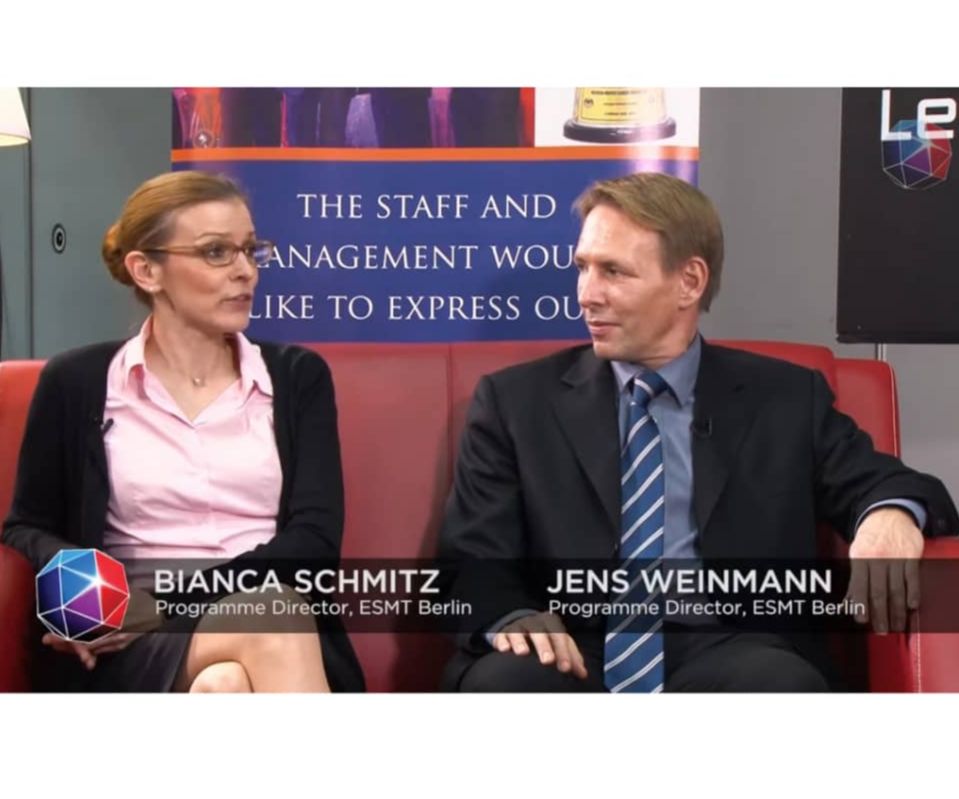Power Moms: Advice for Professional Women, Their Families, and Their Employers

Image is from DALL.E
Joann Lublin is the author of Power Moms: How Executive Mothers Navigate Work and Life, which came out this month. She is also the author of Earning It: Hard-Won Lessons From Trailblazing Women at the Top of the Business World.
Joann is the former Management News Editor of The Wall Street Journal, where she created its first career advice column, which she wrote up until May 2020. She won a Pulitzer Prize in 2003 and she won the Gerald Loeb Lifetime Achievement Award, the highest accolade in business journalism, in 2018.
Over the past few decades, we have made greater strides in workplace gender equality and we have seen more and more women step into leadership roles, but we still have a ways to go. There are still stereotypes and mindsets set in the past that give the notion that women have to choose between a career and having a family, they can’t have both.
But as Joann has found in her conversations with female senior level executives, not only can women have both, they can thrive and succeed at both at the same time.
While interviewing one executive and mother for the book, Joann found out that the woman had felt it necessary to not put up photos of her children on her desk at work until they were of high school age, and she had proved herself at the company. She knew that having pictures up of small children, some people might question her conflicting priorities.
Another woman shared that when she returned to work after a couple of years at home with her kids, she was asked by male and female coworkers, “How do you do it all?” and she said she was very offended by that. Because people wouldn’t have questioned her husband’s ability to do it all, even though they are equal partners in parenting. People have these set mindsets that women are the ones doing 100% of the parenting while the men are 100% focused on work, but that is not the case.
What is the motherhood penalty
Joann has a section in her book called The Motherhood Penalty, which reflects decades of research that highlights the bias against women with children. Research suggests that when hiring managers are going through resumes and it is clear from what they can see which people have kids and which ones do not have kids, the managers are more likely to give the interviews and the jobs to the women without kids.
The other aspect of the motherhood penalty has to do with pay. Either because of the breaks women have after having children or the fact that they choose to go back to work at reduced schedules, the earning power of moms suffers. Yet this issue does not happen with men.
Joann does add a bit about how men can suffer when it comes to parenting biases. She says, “Men have other problems being effective parents and effective members of the workplace, but the fatherhood penalty is more of if they want to be involved. Fathers, they feel like they're penalised, that their career is going to suffer, that they're not going to be a guy's guy. And so they're reluctant to take the parental leave, even if it's generous and paid, that their employer is offering because somehow they won't look like they themselves are committed to their career. So we need to change our image of what makes for a good parent and what makes for a good worker. From a gender and parenting standpoint.”
The good thing that we are seeing now is Millennials and Gen Xers have more employment choices now. Where past generations may have learned to live with companies that had cultures that penalised parents, nowadays there are so many employment options that people can vote with their feet and move to a company that will treat them equally.
Read more: Diversity, Equity and Inclusion Starts with Leaders
The work/life balance myth
Joann believes we need to give up on the notion of work/life balance. As she shares, it is an ideal that can never be realised. In her book she compares balance to maintaining a yoga pose for 24 hours, you can’t do it.
The concept that she talks about in her book is work/life sway. “The idea of work life sway is that you accept the belief that there is no such thing as balance. And you recognise that there are going to be moments in your day and in your life when you have to be 110% there for your job, for your company, and for your work. But family needs may intrude without warning, and you have to be prepared and willing, and able--thanks to technology, you can sway the other way.”
One example of work/life sway Joann gives from an executive that was interviewed for her book is from a woman who had returned to work after having a child and one day she got a live video call while she was in her office. The call was from her nanny who knew that the mother wanted to see her child take his first steps. The executive obviously stopped what she was doing and watched her son take his first steps. Instead of having to partition her life off into personal life and work life, they sway together, happening simultaneously.
Our current situation with the pandemic is further proof that we don’t have to be locked in an office away from family for 8 hours a day, 5 days a week in order to get things done. Most of us have been forced into living work and life simultaneously at home. And we’ve made it work.
This article was also published on Jacob Morgan's LinkedIn.
Edited by: Kiran Tuljaram
Leadership
Tags: Women & Leadership
Jacob Morgan is one of the world’s leading authorities on leadership, the future of work, and employee experience. He’s the best-selling author of 5 books including his most recent one, Leading with Vulnerability: Unlock Your Greatest Superpower to Transform Yourself, Your Team, and Your Organization which is based on over 100 CEO interviews and a survey of 14,000 employees. He is also a keynote speaker, and futurist who advises business leaders and organisations around the world. For more information, please visit thefutureorganization.com






